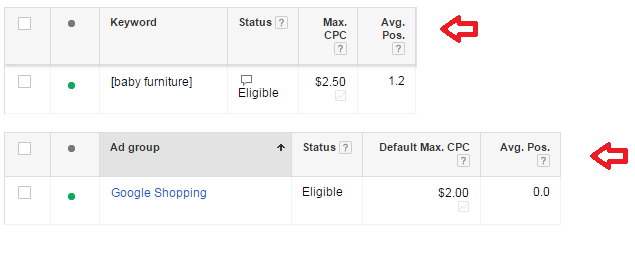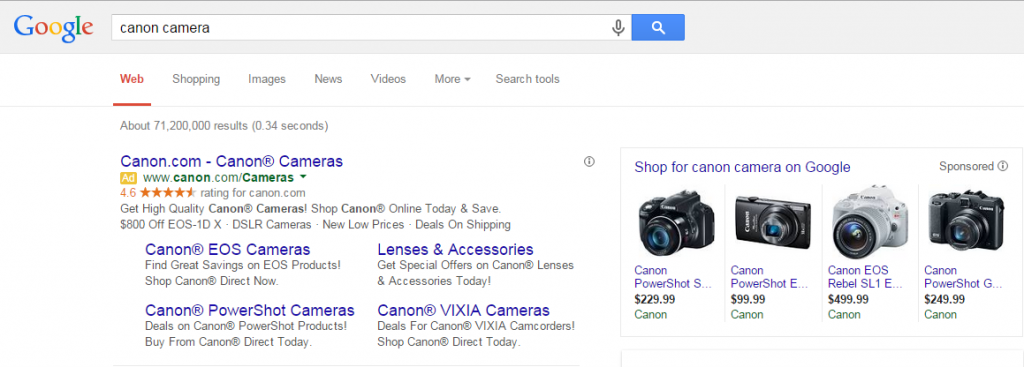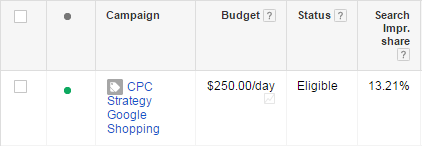How to Assess the Profitability of Your Ad Positioning on Google Shopping

In CPC Strategy’s video, “Google Shopping – Why Is Bidding So Important?” CEO Rick Backus explains the algorithm behind ad positioning on Google Shopping and what practices can help get your products in the spotlight.
In a follow up discussion, Jeff Coleman, Director of Retail Search at CPC Strategy reveals where to find information on the top ads and what it can mean for your ROI.
 Are there reports on Shopping ad positions within AdWords?
Are there reports on Shopping ad positions within AdWords?Jeff: Unfortunately, Google doesn’t actually report on ad positioning for Shopping ads the same way they do for Text ads. For a standard text ad, you can add the ‘Avg. Pos’ column which stands for “Average Position” to any report you want that looks at text ads.
That metric will tell you, on average, where that ad is displayed. Generally, the lower the better since a position of ‘1.0’ indicates that your ad is always in first position at the top of the search results.

Google doesn’t actually give you that data for Shopping ads. So, if you’re looking across you’re entire inventory, you won’t be able to get a snapshot view of where your ads are ranking on average.
They do show you Impression Share, which provides a decent approximation of how often you’re showing up in the search results. However, typically we don’t actually want every single product to rank first because not every product in your catalog is going to be a home run.
1) Allows for closer monitoring: For those top selling SKUs that are proven winners, isolating them allows us to bid on them individually and monitor their rankings more closely. Every product’s ranking is going to vary by search, so how well you see your product ranking is going to partly depend on the exact query you perform. But in general, as you increase the bid on that product, you’ll see rankings improve across searches.
If that product is continuing to convert well as it moves up the search rankings, keep increasing the bid to get closer to that number 1 spot. If it doesn’t – maybe it starts to turn unprofitable when you pass spot number 3 for example, then let someone else waste their money trying to rank first.

2) Estimate Impression Share: For the rest of the inventory that isn’t a top seller, we can use Impression Share to approximate how visible you are. The higher the Impression Share, the higher the percentage of relevant searches that product is appearing for, and in general, the higher that product is ranking.
While this doesn’t give us a completely accurate estimation of where a product is ranking, it does let us see how much room for improvement there is. A 10 percent Impression Share means you’re not ranking for 90 percent of searches.
A 90 percent Impression Share means you’re ranking for almost every relevant search – not much room for improvement from a visibility standpoint.

Jeff: While going after top rankings might be the right approach for some SKUs, the guiding light here should be ROI, unless you’re purely using a particular item for branding purposes.
It doesn’t matter if a product ranks first all the time if it costs you too much to get there. All that will do is drain the profit from your campaign.
